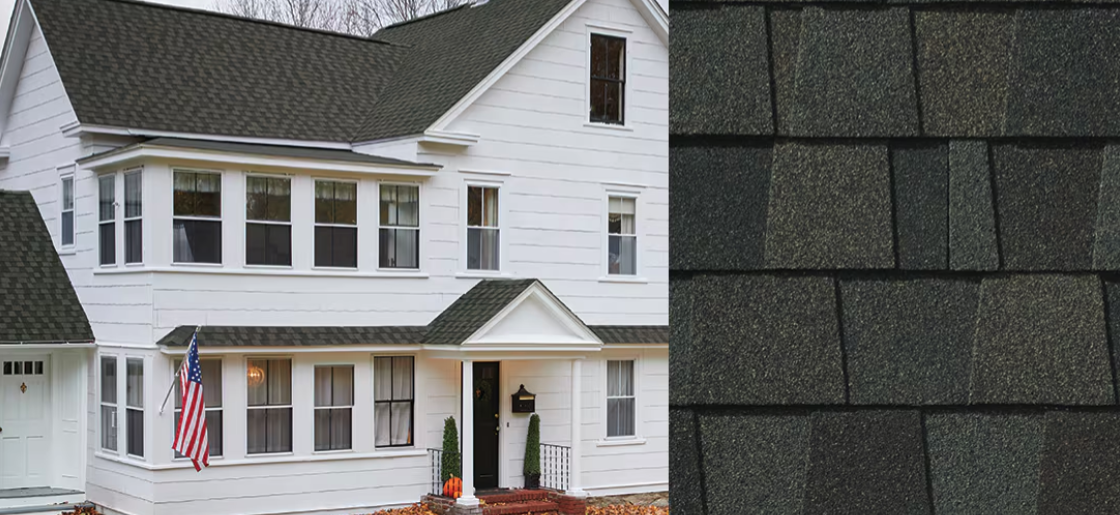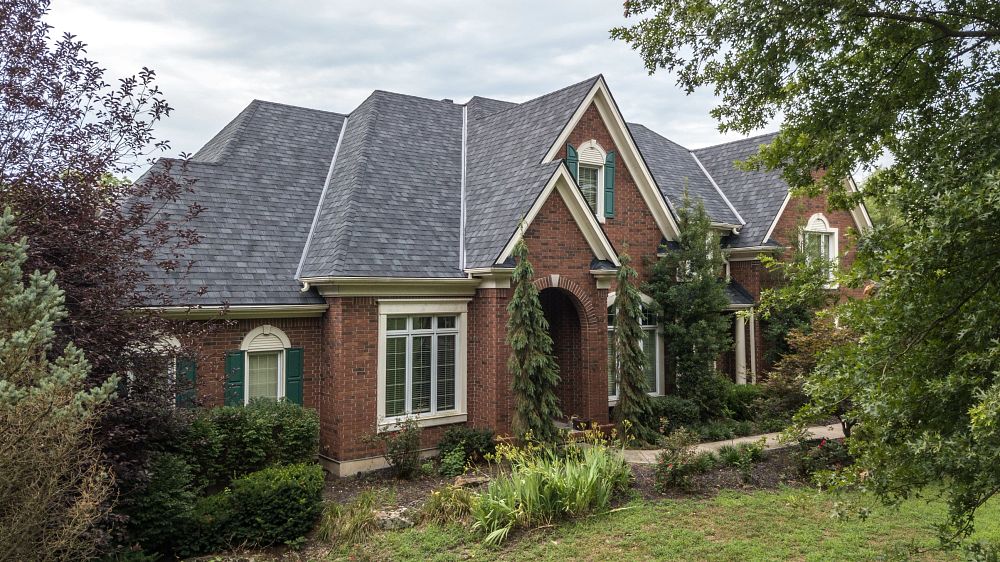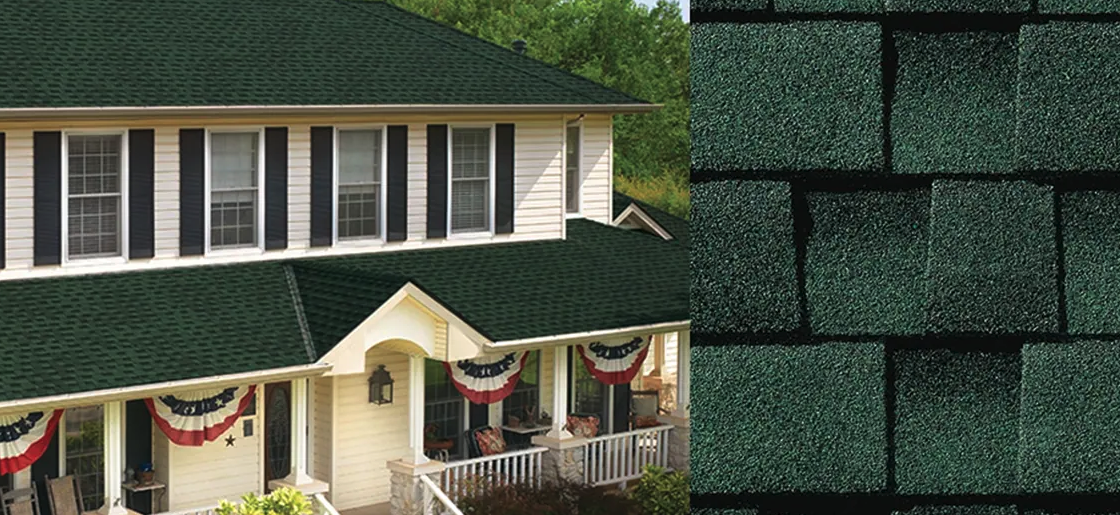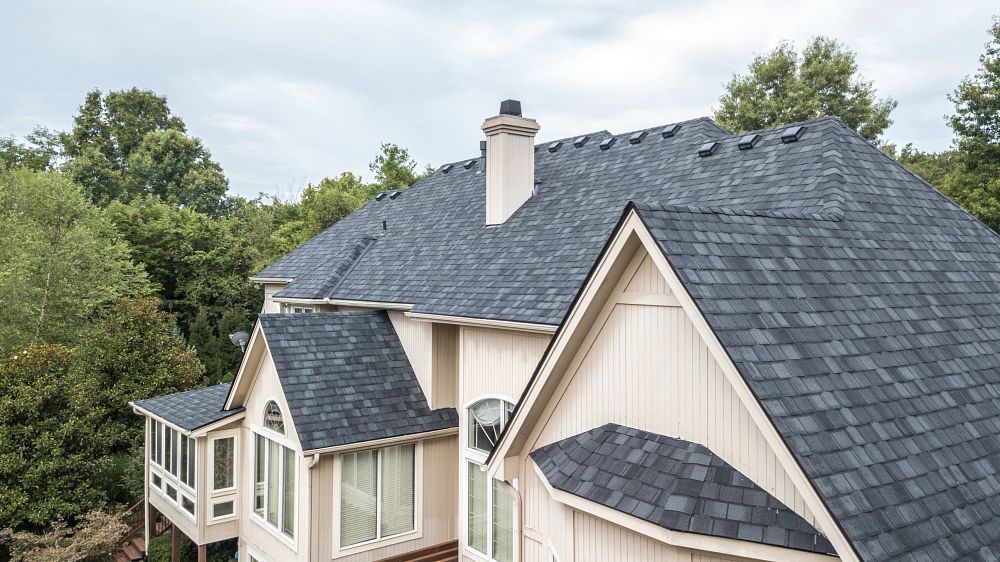How Often Can You Reshingle a Roof?
As a Maryland homeowner, you know how important your roof is to the overall comfort and protection of your home. But when shingles start to wear down or show damage, many people wonder: Can I reshingle my roof, or do I need to replace it completely? And if reshingle is an option, how many times can it be done before it’s no longer safe or effective?
In this article, we’ll break down the basics of reshingling, how long shingles typically last, and when it’s time to stop patching and consider a full replacement.
Answering The Question: How Often Can You Reshingle a Roof?
The Basics of Reshingling
Reshingling is the process of adding a new layer of shingles over an existing roof. This is different from a full roof replacement, which involves tearing off all old materials and starting fresh from the decking up.
For many Maryland homeowners, reshingling can be a budget-friendly option—but it’s not always the right one. Building codes, roof structure, and the condition of your current shingles all play a role in what’s possible.
How Long Do Shingles Last?
On average, asphalt shingles last between 20 and 25 years, depending on the brand, installation quality, and exposure to the elements. In Maryland, with our mix of humid summers, cold winters, and heavy rain, shingles may wear out closer to the 20-year mark—especially if they’ve been through several storms.
Signs Your Roof Needs Reshingling
You may not need to replace your whole roof just yet. Here are some common signs that reshingling could be an option:
- Minor cracking or curling of shingles
- Isolated leaks or water stains in the attic
- Missing shingles from wind or storm damage
- Loss of granules visible in gutters
- General aging, but no major structural issues
However, if you’re noticing multiple problem areas or sagging in the roof, a full replacement may be the smarter move.
Reshingling in Different Climates
In Maryland’s climate, roofs face both hot, humid summers and freezing winters. These conditions cause expansion and contraction, which can lead to faster wear. Reshingling may buy you time, but repeated exposure to moisture and UV rays can degrade even new shingles if the layer underneath is already compromised.
If you live near the coast or in an area prone to storms, consult a roofing professional to make sure your roof’s structure can safely support another layer.
Reshingling vs Replacing: When to Choose Which
Reshingling may be appropriate if:
-
You only have one layer of shingles on your roof (Maryland building codes generally prohibit more than two)
-
Your decking and underlayment are still in good shape
-
The damage is cosmetic or isolated to a specific area
Full replacement is the better option if:
-
There are already two layers of shingles present
-
The underlying structure is weakened
-
You’re dealing with major water damage, mold, or sagging
Roof Inspections: How They Help
Before deciding on reshingling, a professional roof inspection is essential. An experienced roofing contractor will check for:
-
Moisture trapped between layers
-
Soft or rotted decking
-
Ventilation issues that may shorten roof life
-
Previous poor installations
Inspections provide clarity and ensure you don’t reshingle a roof that really needs to be replaced.
Maintenance Tips to Extend Your Roof’s Lifespan for Maryland Homeowners
To delay the need for reshingling or replacement, Maryland homeowners can:
-
Clear gutters regularly to avoid water back-up
-
Remove moss and debris after storms
-
Inspect the attic for signs of leaks or poor ventilation
-
Schedule annual roof checkups
-
Trim back overhanging branches
A well-maintained roof can often last longer and perform better—even with one layer of shingles.
Factors That Influence Reshingling Frequency
Not every roof can or should be reshingled the same number of times. Key factors include:
-
Weight limits: More than two layers can stress the structure
-
Shingle type: Some shingles are heavier or less compatible with layering
-
Local codes: Maryland building codes typically cap the number of layers at two
-
Age of existing shingles: If the bottom layer is failing, reshingling won’t help
-
Ventilation and insulation: Poor airflow shortens roof life
Cost Considerations for Reshingling
Reshingling is usually less expensive than a full tear-off and replacement, since it requires less labor and disposal. However, the savings can be short-lived if underlying damage goes unnoticed. In some cases, it’s more cost-effective to invest in a full replacement and avoid future repairs.
Is There Any Harm to Re-Roofing?
While reshingling can be a short-term solution, there are risks:
-
Trapping moisture between layers, leading to mold or rot
-
Hiding damaged decking or flashing
-
Adding excess weight to your home’s structure
-
Limiting your ability to inspect the original roof
Reshingling may also void warranties from some shingle manufacturers, depending on their terms.
Ready for a Roof Replacement in Maryland? Contact Homelife Roofing & Remodeling
If you’re unsure whether your roof can be reshingled or needs a complete replacement, our team at Homelife Roofing & Remodeling is here to help. We proudly serve homeowners across Maryland with expert roofing solutions using trusted materials like GAF and CertainTeed.
Contact us today to schedule your free roof inspection and get honest answers about the best path forward for your home.




